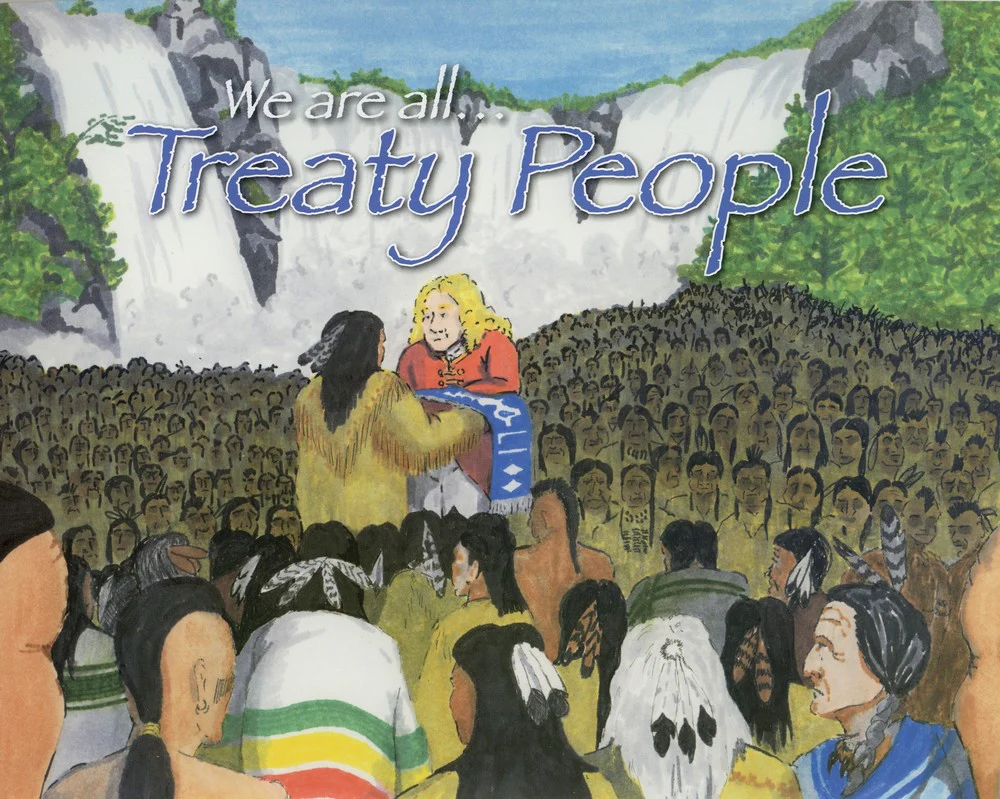“I acknowledge that I am currently writing this article while residing on the unceded lands and territories of the Algonquin Anishinaabek and Kanien’keha:ka Nations. I am honoured and grateful to be able to reside here and celebrate the strength and resilience of the First Nations who have always lived here and been the caretakers and guardians of this land. I want to do my part in righting the injustices and cruelties of colonization brought upon the Indigenous Peoples of Turtle Island and lands across the world, today and throughout history.” – Author
It started with a Google search. As a newcomer to Canada, I was curious as to why I was getting a holiday on May 20th. Far be it from me to complain about a long weekend, but I needed to know why we needed a separate “Victoria Day” when Canada Day already exists. So instead of asking someone, like any self-respecting Zillennial, I decided to Google the significance of Victoria Day.
I read a lot about this day being Queen Victoria’s birthday, about her being “The Mother of Confederation”, and even a comment [Link] from someone on an old website taking exception to the idea of renaming the day “Elizabeth Day” after the late Queen Elizabeth II:
“It was her actions that led to Canada moving from colony to nation and she should be celebrated for that.”
The truth, as Wilde said, is rarely so pure and never simple. Indeed, Canada moved from colony to nation thanks to Queen Victoria’s “actions”. But what precisely were these actions?
In celebration of the true stewards and guardians of this land, for Indigenous Awareness Week and in anticipation of Indigenous Peoples’ Day on June 21st, let us go through a few of the lesser-known details of the actions that led to Canada’s nationhood and their aftermath. Today, we discuss the Treaties.
The Treaties
We have been told that the Treaties were agreements between Indigenous Peoples and the Dominion to cede lands to the latter in exchange for annuities to be paid in perpetuity (to this day only $4-$5 per year), fishing and hunting rights and a part of the land to be set aside in reserve for their use.
But what if I told you there is a lot (quite literally) lost in translation in the story of the Treaties? Because we have all heard from the history books, but not from the victims of colonization themselves. In her documentary film “Trick or Treaty” [Link] , Abenaki director Alanis Obomsawin tells the heart-breaking story of how First Nations in the Treaty No.9 lands (northern Ontario), gave up their sovereignty, rights and freedom without even knowing it, because they trusted that the colonizers were negotiating good faith. Not only were the words of the treaties never honored, but some were also not represented in full truth to the Nations. What were to them agreements to share the land as equal partners, became centuries-long prison sentences filled with pain, loss and endless grief.
Canada’s nationhood came at the cost of hundreds of thousands of Indigenous Peoples’ rights. The Treaties as they were spoken (in their respective languages), were more important to the First Nations’ peoples than what is documented today in English. When an agreement was signed, there would be symbols of partnership exchanged, like wampum belts, which signified the beginning of a nation-to-nation relationship.
As we know today, there was no real intention to honour these treaties. And here we are.
I want to keep these blogs brief, but the history of the Treaties is long, and so vast that you can write volumes upon volumes about it. But I, an immigrant to this land, am not the person who should write them. The Peoples who continue to suffer the consequences of the Treaties should be the ones whose voices are heard. Although, I admit, it can be intimidating for one to start hearing these dark stories, especially if you are unsure where to begin. So, here’s a starting point for those who, like me, are residing on Anishinaabe territories:
We Are All Treaty People
A very short book written Maurice Switzer Bnesi (Alderville First Nation), is a good starting point for someone who is unfamiliar with this topic. It will give you an idea which parts you need to explore further. It is available for purchase in Ojibwe, English or French here [Link]. There are many more books, academic articles and films on the topic of the numbered and modern Treaties out there!
The main action is to begin. And when you begin the journey, don’t forget the Elders and knowledge-holders who have so much to teach us! I have had the privilege of hearing from Ojibwe and Haudenosaunee Elders, and you will truly learn more from their spoken words than you will ever learn from a book. Go out, meet members of the communities in your area—they are here, and it is on the rest of us to ask and find out how we can repair the broken trust.
I declare my position as a recent immigrant to this land, so I write this article with great care and respect, and any errors are entirely on my shoulders.


